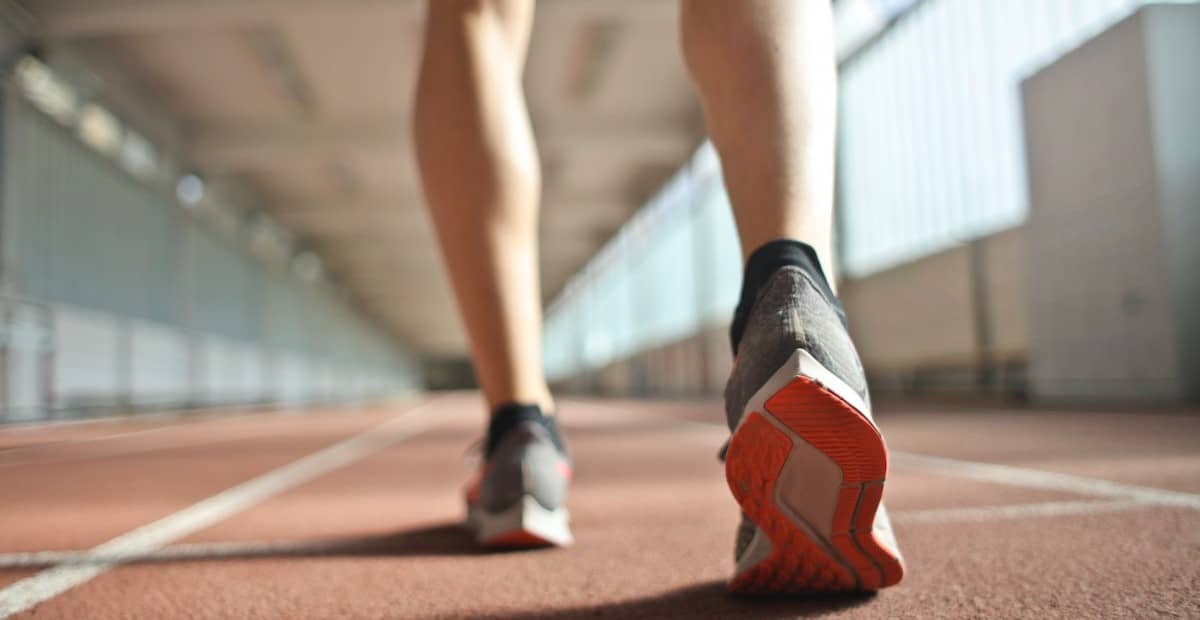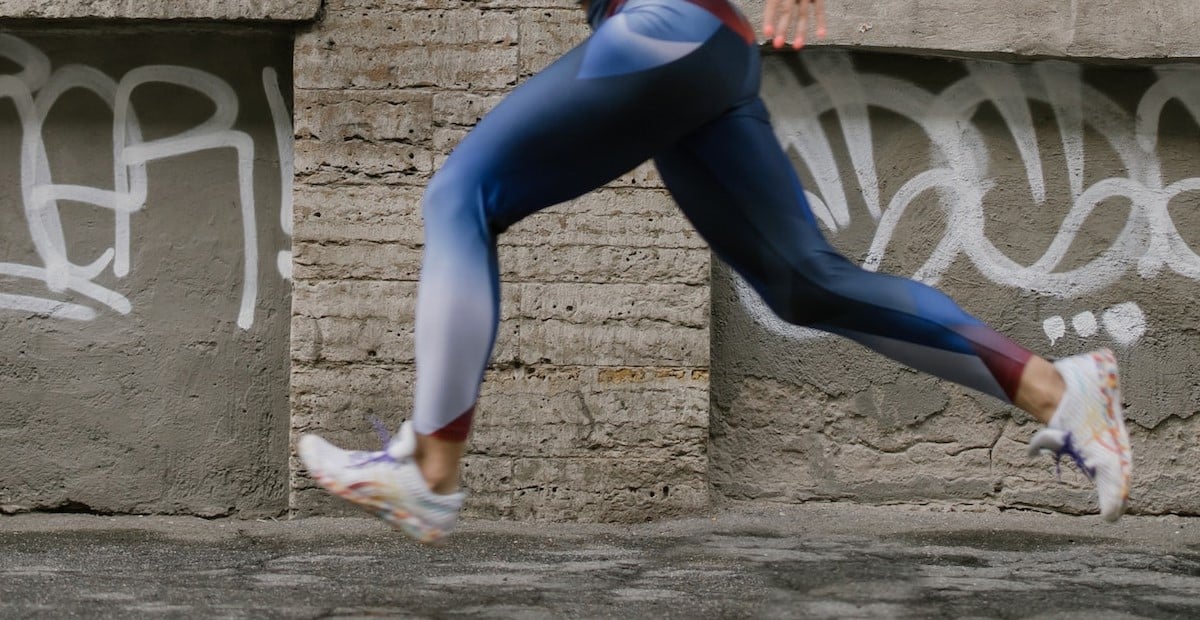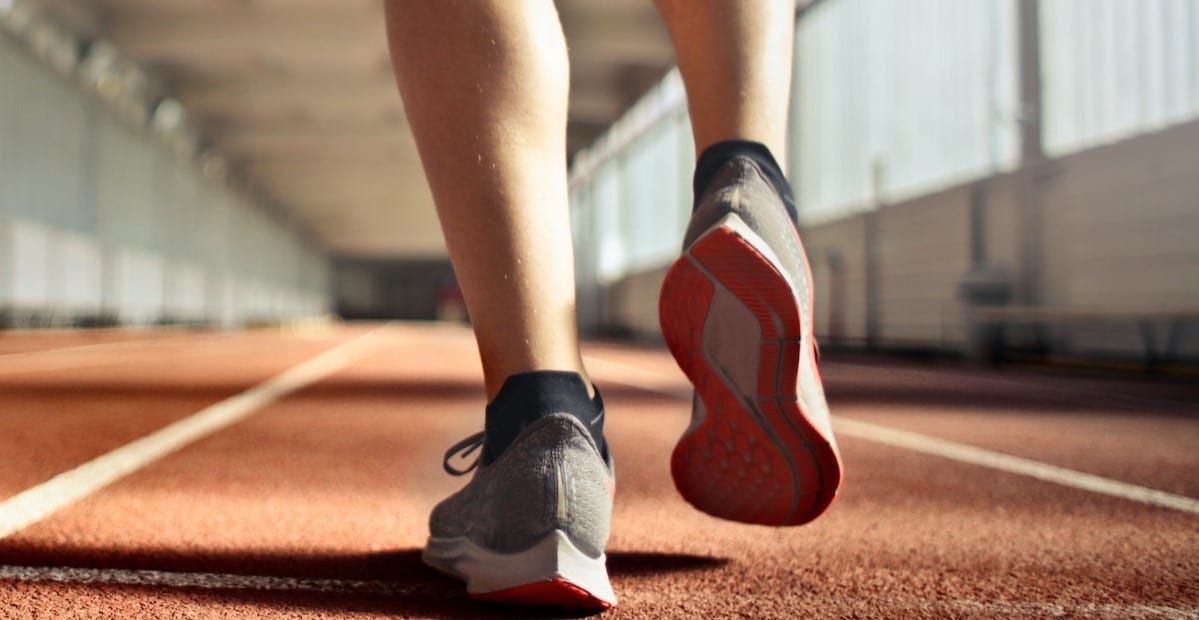
Contents
If you’ve ever Googled ‘how to run properly foot strike’? This one’s for you.
If you’re a keen runner, you’ll know that proper foot strike and gait are essential to running efficiently, effectively, and safely. It’s important to learn how to land properly on your feet when running to reduce the risk of injury and maximize your performance.
What kind of foot strikes are there?
There are three main types of foot strike: rearfoot (also known as a runners heel strike), mid-foot strike running, and forefoot.
Rearfoot strike (heel strikers) is the most common, with the heel of the foot striking the ground first. Midfoot strike (neutral foot strike) involves the front of the foot and the rear of the foot contacting the ground at the same time. Forefoot strike (forefoot running) involves the front 1/3rd of the foot striking the ground first.
How do I know what kind of foot strike I have?
The best way to find out what kind of foot strike you have when running is to examine your own running form or have a professional evaluate you. You can check your own running form by looking at the position of your feet when you land.
If your heel hits the ground first and your weight is shifted to the front of your foot, then you have a heel strike. If your weight is evenly distributed between your forefoot and your heel when your foot lands, then you have a mid-foot strike. Finally, if your forefoot hits the ground first and your weight is evenly distributed between your toes and heel, then you have a forefoot strike.
If you have a heel strike
Whilst heel strike running isn’t wrong (it’s actually the most common foot strike), it isn’t great for proper running form in the long term. This is because when your heel hits the ground first, it causes your foot to break and absorb the shock of landing. This can lead to overuse injuries, such as shin splints, knee pain, Achilles tendonitis, and plantar fasciitis.
If you have mid-foot strike or forefoot strike
If you have a forefoot strike or your foot hits the ground in the middle of the foot, the most important thing is to make sure your foot strikes the ground in line with your hips. It’s important to avoid your heel striking the ground first, so you can protect your joints while running.
Conclusion




Paying attention to your foot strike is an important running technique.
The best way to improve your foot strike is by practicing proper running form. This includes keeping your foot strike close to your hips, making sure to land on your midfoot or forefoot, and shortening your stride. Additionally, focusing on proper posture, breathing, and arm movements will help you to run more efficiently.
FAQs
What is the best kind of foot strike?
The best foot strike for running depends on the individual runner. It is important to find the foot strike that works best for you through trial and error, and listening to your body.